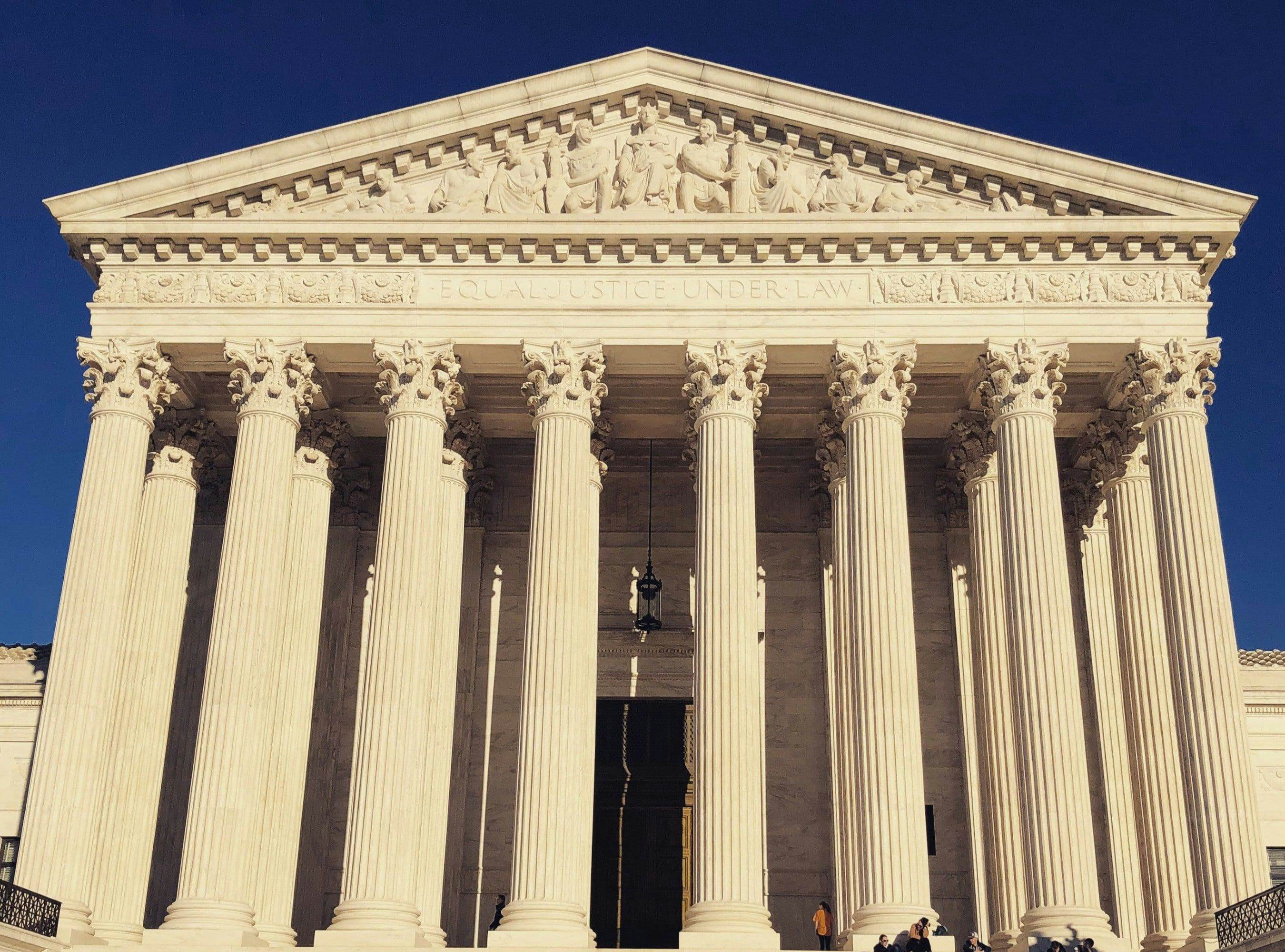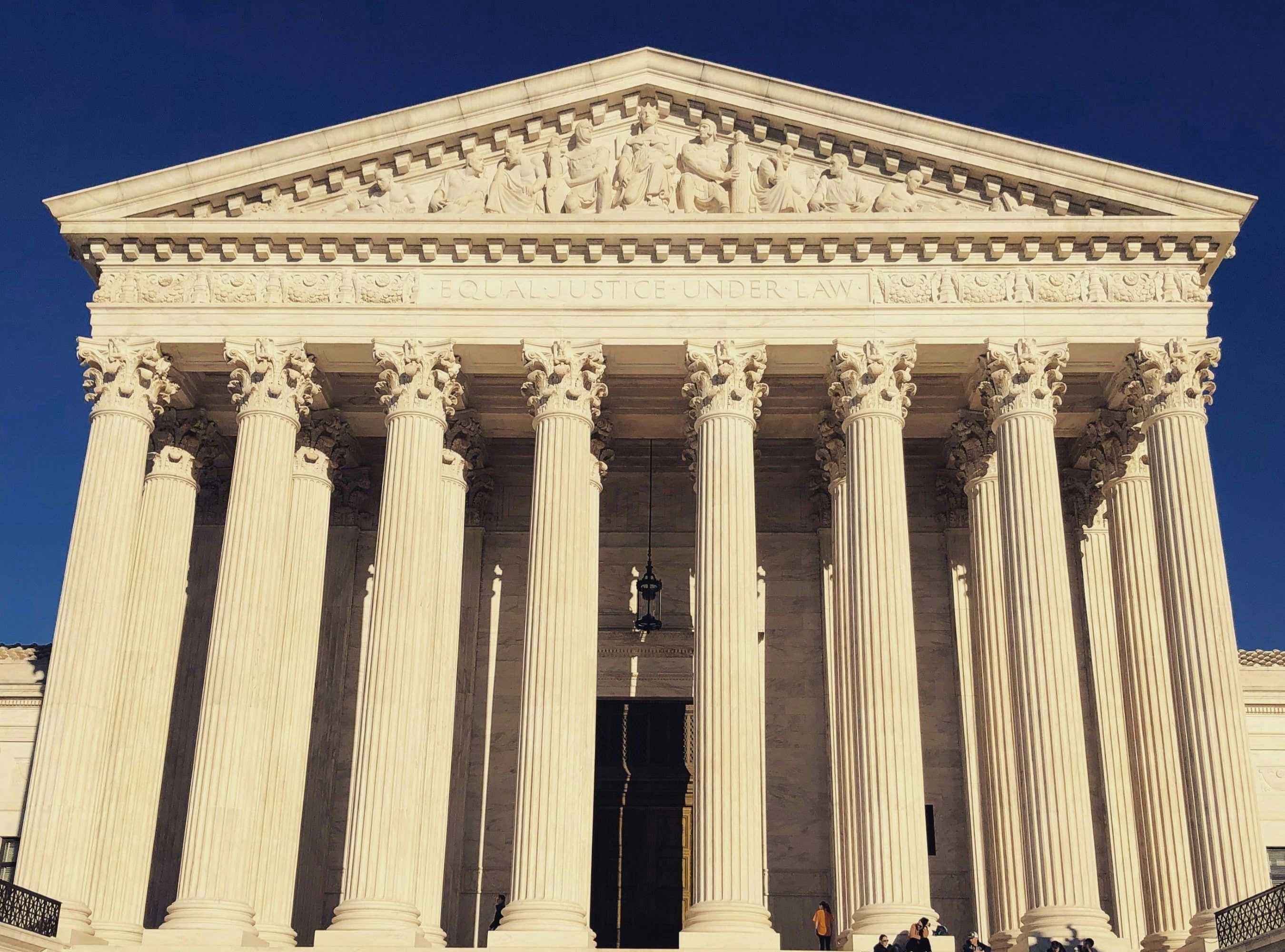The highly publicized, nearly decade-long lawsuit over Johnson & Johnson’s popular baby powder products has finally come to an end. The United States Supreme Court recently denied J&J’s writ of certiorari to appeal the $2.1 billion verdict. This sum was previously awarded to plaintiffs in Ingham v. Johnson & Johnson. With its appeal to the highest court denied, J&J has exhausted all its possible legal remedies. The company now must now pay the 20 female plaintiffs who developed ovarian cancer from using its asbestos-contaminated talc powder. The Supreme Court’s refusal to hear J&J’s appeal marks the end of this particular case. But it’s also significant to the over 25,000 lawsuits still pending against the company for its talc products.
The U.S. Supreme Court’s Denial
In its appeal to the United States Supreme Court, J&J raised arguments that the case violated the Due Process Clause. Johnson & Johnson argued that the consolidation of 20 plaintiffs from various states was unconstitutional. The company highlighted the fact that the jury quickly reached a verdict—averaging less than 20 minutes per plaintiff. This was despite the trial court needing five hours to read jury instructions.
J&J also discussed that each plaintiff received an identical award. It asserted that the jury did not consider the individualized circumstances of each plaintiff before rendering the damages award. “If the due process clause means anything, it means that a defendant cannot be deprived of billions of dollars without a fair trial,” J&J argued. Lawyers representing the plaintiffs countered that “[c]onsolidation in tort cases is commonplace, an essential practice for preserving the resources of courts and parties when common issues — such as the product’s safety and the defendant’s knowledge of its danger — predominate, as they did here.”
J&J also argued that the punitive award far exceeded the compensatory damages in violation of due process. It pointed to previous Supreme Court decisions that have put limits on punitive damages. But the plaintiffs maintain that the egregiousness of “J&J’s years of deceit about its product and disregard for the health of its customers warranted the punitive damage award.”
Behind the Appeal
Various business groups, such as the U.S. Chamber of Commerce, supported J&J’s appeal. The support, however, was of no avail—the Supreme Court declined to hear the case. It also appears that J&J was not overly optimistic about its request. The company had previously set aside almost $4 billion to cover the verdict and in anticipation of potentially losing the appeal. With the highest court in the land refusing to hear the appeal, J&J is at the end of the road in terms of challenging this verdict.
Case History & Jury Verdict
Back in 2018, a St. Louis jury found that J&J’s baby powder contained asbestos which caused the plaintiffs’ development of ovarian cancer. The case, Ingham v. Johnson & Johnson resulted in a massive verdict. The jury awarded the plaintiffs $4.7 billion in damages. This amount was the sixth-largest product liability award in U.S. history at the time. The Missouri Court of Appeals subsequently reduced the award to $1.62 billion in punitive damages and $500 million in compensatory damages. The appeals court determined only residents of Missouri were eligible for payouts.
Like many other lawsuits lodged against the company, the claims in the Ingham case accused J&J of failing to provide warnings that its products contained asbestos. Asbestos is, of course, a carcinogen that can cause various cancers and mesothelioma. J&J have been accused of knowingly concealing research that uncovered links between its products and cancer. But for decades, the company denied its products contained asbestos.
All of the J&J talc litigation is heavily reliant upon expert testimony. Most plaintiff experts concluded that talc powder is a causal factor in the development of ovarian cancer. Defense experts have rebutted the claims. They’ve asserted that there is no evidence to support the argument that talc powder creates inflammation or creates changes in DNA sequences.
The Future of J&J Talc Litigation & Damages Awards
As 25,000 lawsuits are still pending, the amount of damages Johnson & Johnson expects to pay out in the next few years is certainly an ongoing issue. It’s also one of great concern for the company and its shareholders. However, it would be impossible to predict exactly how much J&J will ultimately pay. First, pre-trial settlement may be likely for a number of cases. Well over 1,000 cases have already settled for the amount of $100 million. And the few plaintiffs that have elected to proceed to trial have succeeded with varied success. In 2016, Johnson & Johnson lost three lawsuits in Missouri state court. However, appeal courts overturned two of these verdicts. A Los Angeles trial judge also reversed a $417 million jury verdict two years ago.
Even if plaintiffs obtain a favorable verdict and receive a punitive damages award, the laws regarding punitive damages vary throughout the states. With lawsuits pending throughout the country, it is difficult to predict the amounts of any future awards. This is especially true in light of punitive damage caps and judicial discretion in reducing awards.
But that being said, the award in Ingham may lay the foundational framework for future plaintiffs to successfully argue for punitive damages. As former acting solicitor general, Neal Katyal, argued on behalf of Johnson & Johnson: “They put dozens of plaintiffs on the stand to discuss their experiences with cancer, and the jury awards billions of dollars in punitive damages supposedly to punish Petitioners…Lawyers can then follow this script and file the same claims with new plaintiffs and seek new outsized awards, over and over again.”




